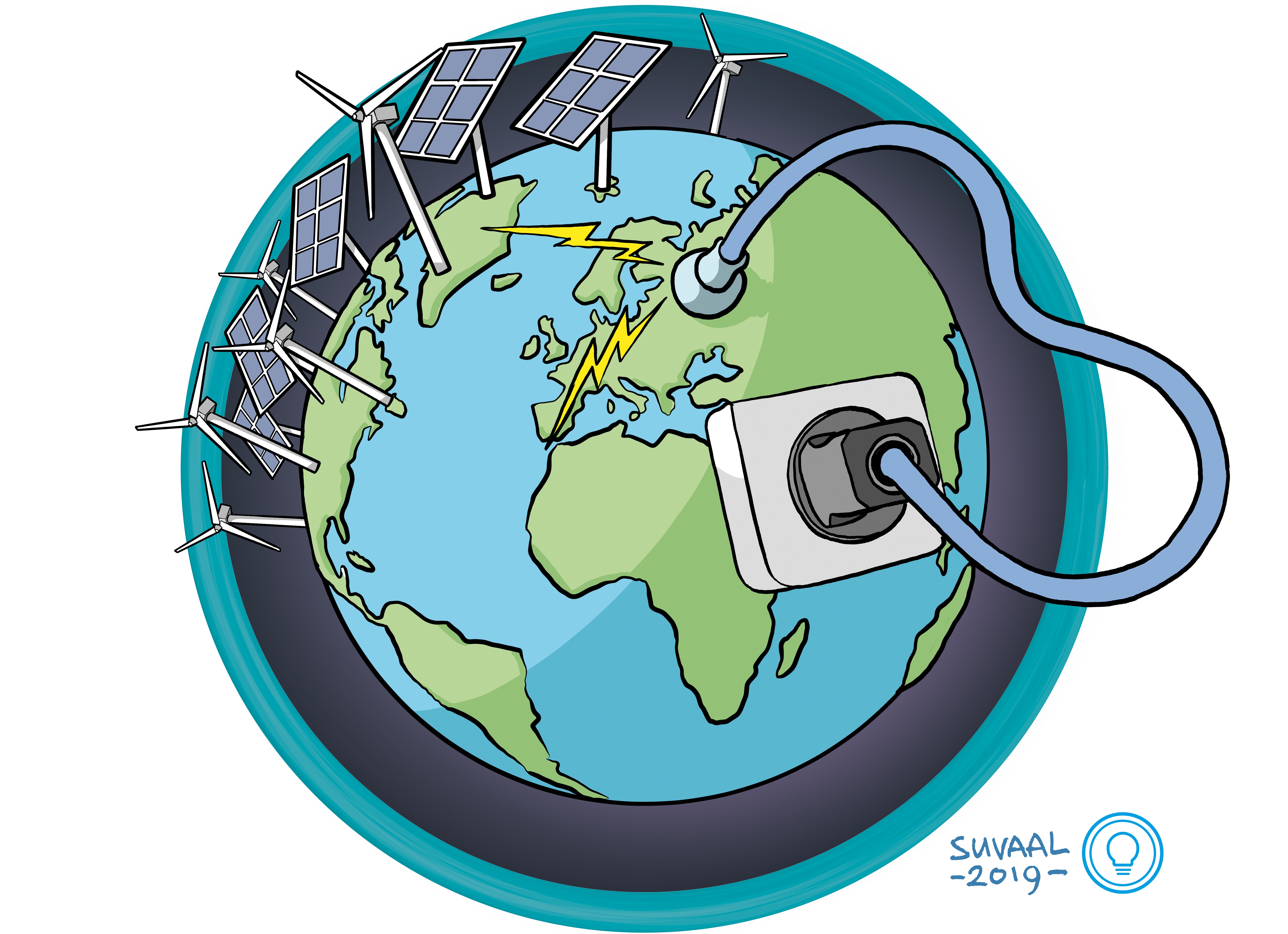Subsurface Energy Storage
Themes: Energy, Software technology & Intelligent Systems


A TRL is a measure to indicate the matureness of a developing technology. When an innovative idea is discovered it is often not directly suitable for application. Usually such novel idea is subjected to further experimentation, testing and prototyping before it can be implemented. The image below shows how to read TRL’s to categorise the innovative ideas.
Summary of the project
Renewable energy from solar and wind can be converted into green fuels such as hydrogen and synthetic methane. This conversion offers a lot of benefits compared with classically conversions into electricity. One of these benefits is related to storage capacity. Electrical batteries can hold in their maximum capacity the energy which is consumed by a passenger car for a day long trip. But green fuels can be stored in large quantities, as large as the amount needed to feed a country! Can you guess where we can store them? Subsurface underground porous rock formations provide giant capacity to store green fuels. Not only they provide huge storage capacity, they also allow for convenient retrieve when needed. This new technology makes the earth as a stationary giant battery. This project is unique in that it aims to store renewable energy in the scale of GWh-TWh, much beyond the scope of any existing alternatives.
In order to use this space for the storage of new fuels one needs to have understanding of fluid and porous rock mechanics under cyclic storage load. In addition, uncertainty reduction and safety assessments are key to make this project a success. The researcher uses an integrated approach combining modelling and monitoring at different resolutions at the same time. Through this approach he tries to understand how the earth looks like between 2-5km below the surface, what the effect is when renewable fuels are stored and retrieved, and how this storage dynamics effects different layers of its surrounding earth environment.
What's next?
The next step is for the subject of subsurface storage to become a major theme, line of research or even an institute in Delft. This institute has to become a place for a likeminded community where education and research on subsurface storage go hand in hand. The researcher wants business and policymakers to become more aware of the potential of this technological development and discuss how subsurface storage can be developed together.
Dr. Hadi Haijbeygi
Additional information
<link en ceg about-the-faculty departments geoscience-engineering sections petroleum-engineering research darsim>DARSim
